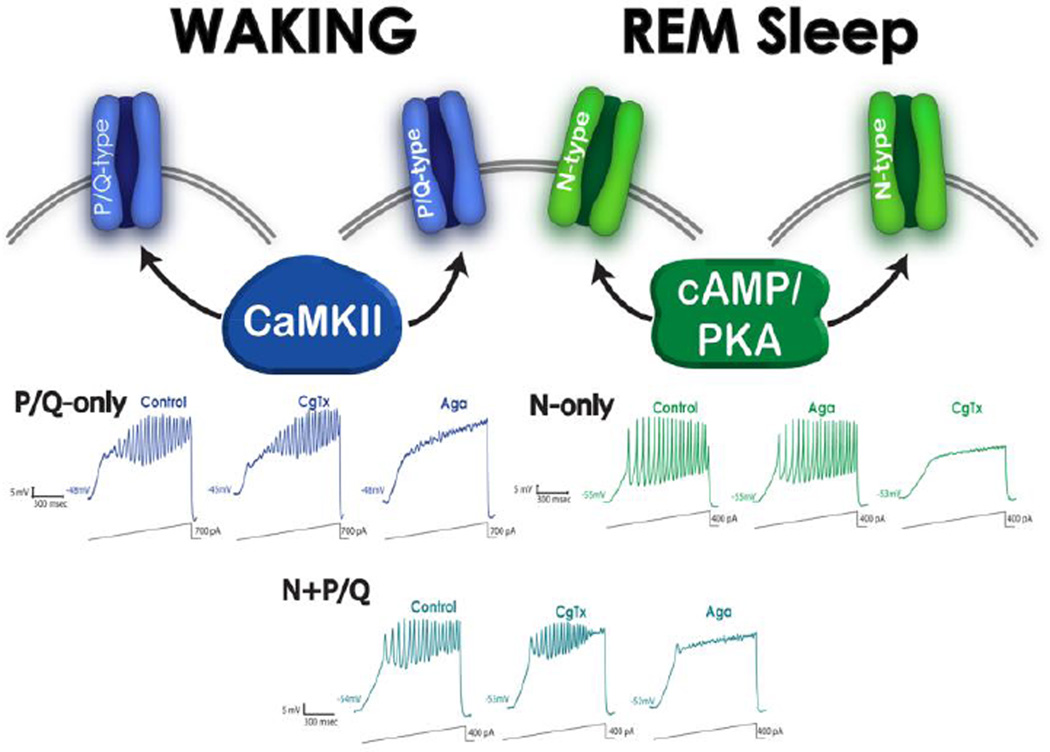Figure 2. Different PPN cells modulated by N-type channels only, P/Q-type channels only, and both N- and P/Q-type channels.
Top. PPN cells with only P/Q-type calcium channels (20%) are assumed to be “Wake-on” and modulated by CaMKII (left side, blue channels). PPN cells with both N- and P/Q-type calcium channels (50%) are assumed to be Wake/REM-on” and modulated by both CaMKII and cAMP/PKA metabolic pathways (middle, blue and green channels). PPN cells with only N-type calcium channels (30%) are assumed to be “REM-on’ and modulated by the cAMP/PKA pathway (right side, green channels). P/Q-only and N+P/Q cells thus are expected to be active during waking, while N-only and N+P/Q cells are active during REM sleep. Bottom. Left records (blue) show that P/Q-only cells manifested ramp-induced oscillations (first recording) that were not affected by conotoxin (CgTX) (middle recording), but were completely blocked by Aga (right recording). Middle bottom records (blue-green) show that N+P/Q cells manifested ramp-induced oscillations (left recording) that were reduced by CgTx (middle recording), and were further reduced by agatoxin (Aga) (right recording). Right records (green) show that N-only cells manifested ramp-induced oscillations (left recording) that were not affected by Aga (middle recording), but were completely blocked by CgTx (right recording). Data from Luster et al 2015.

